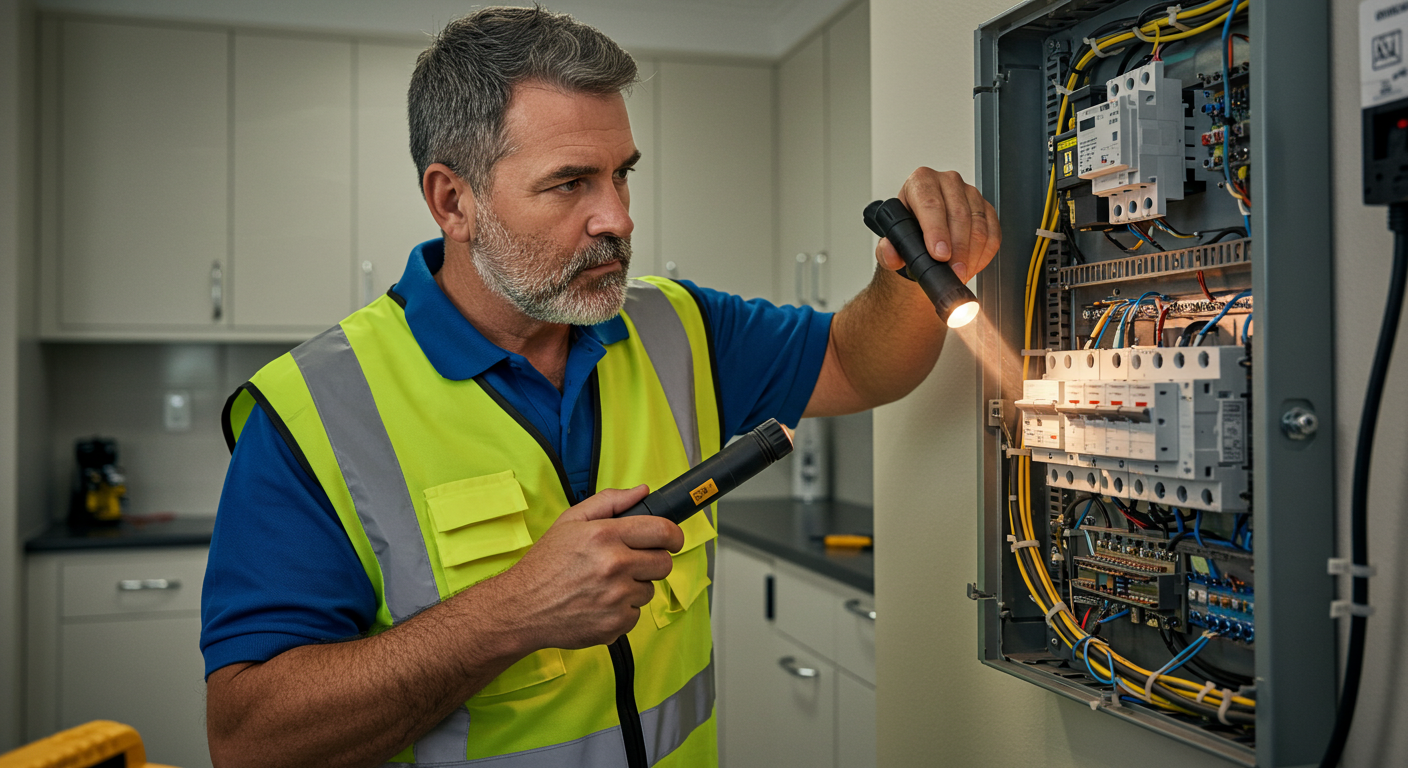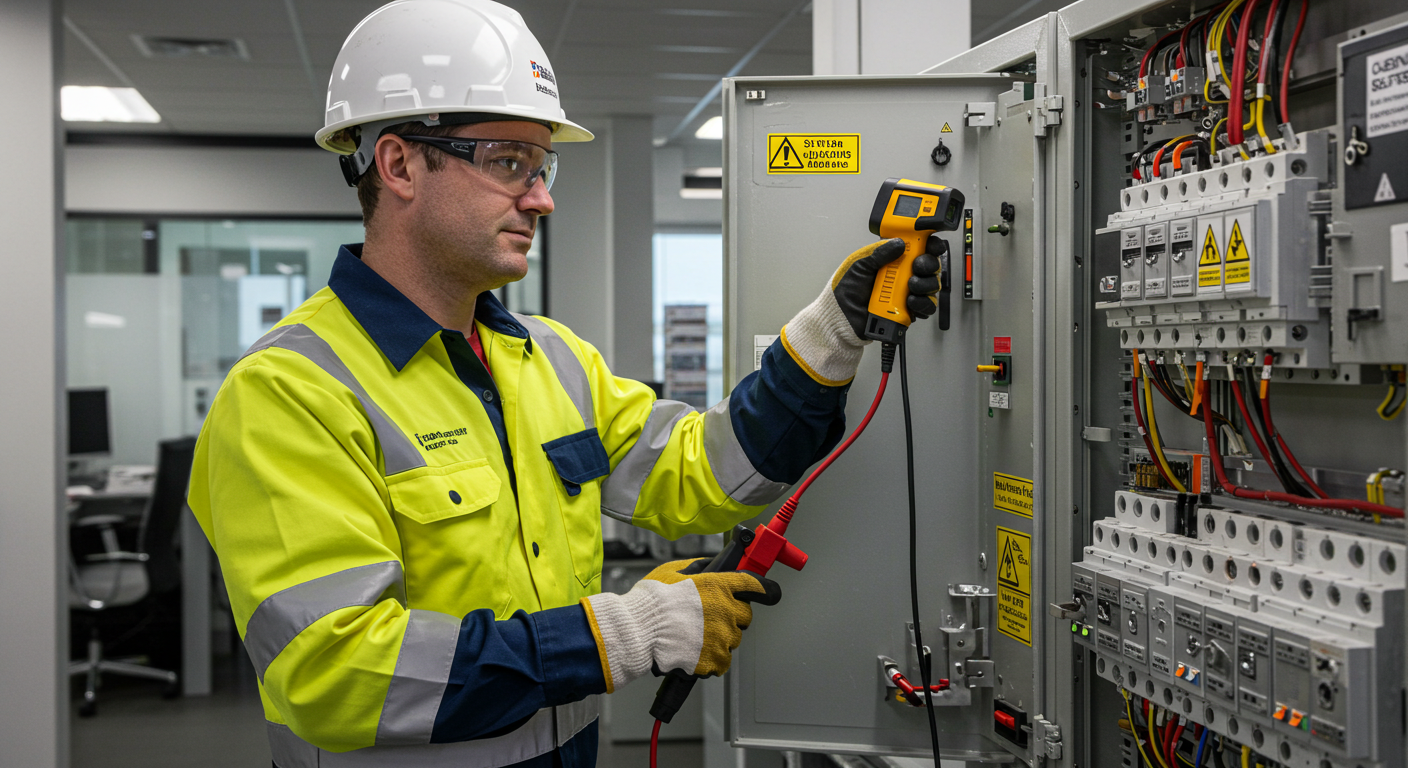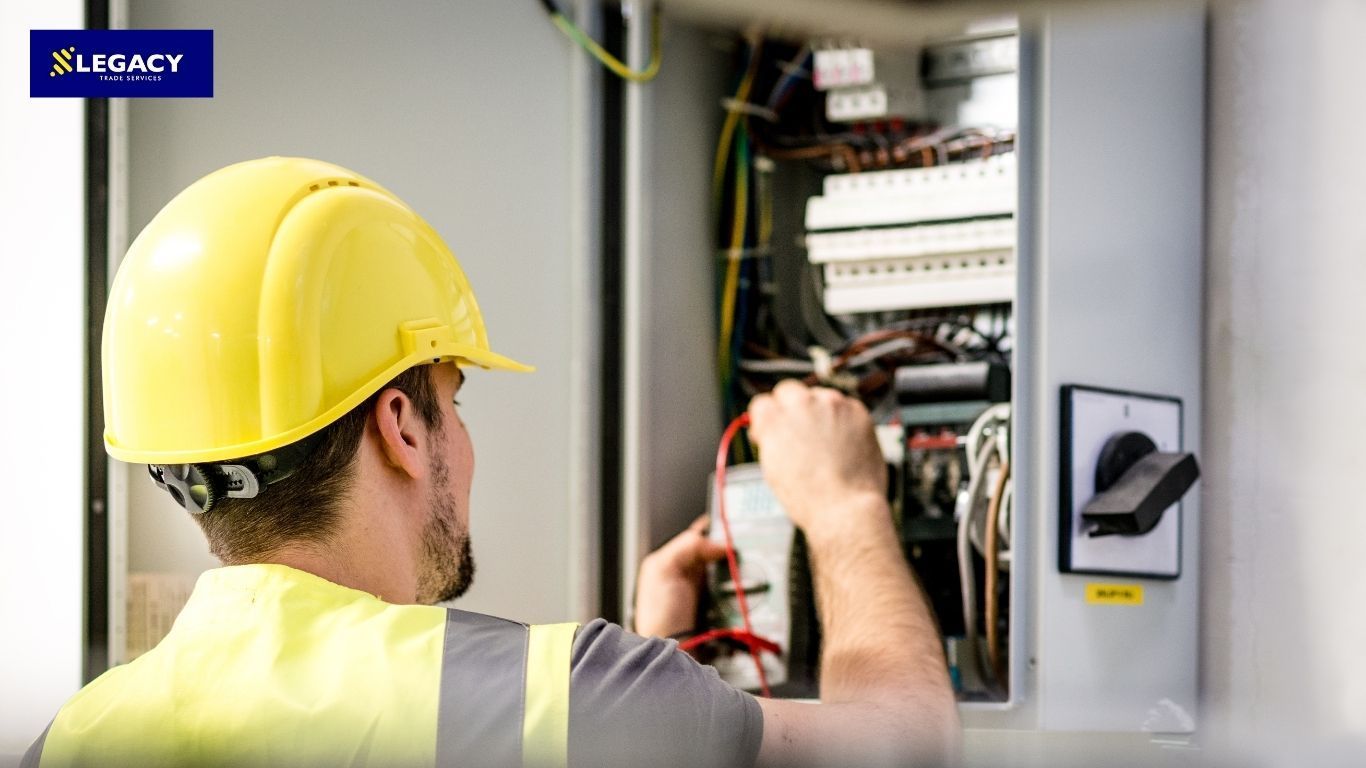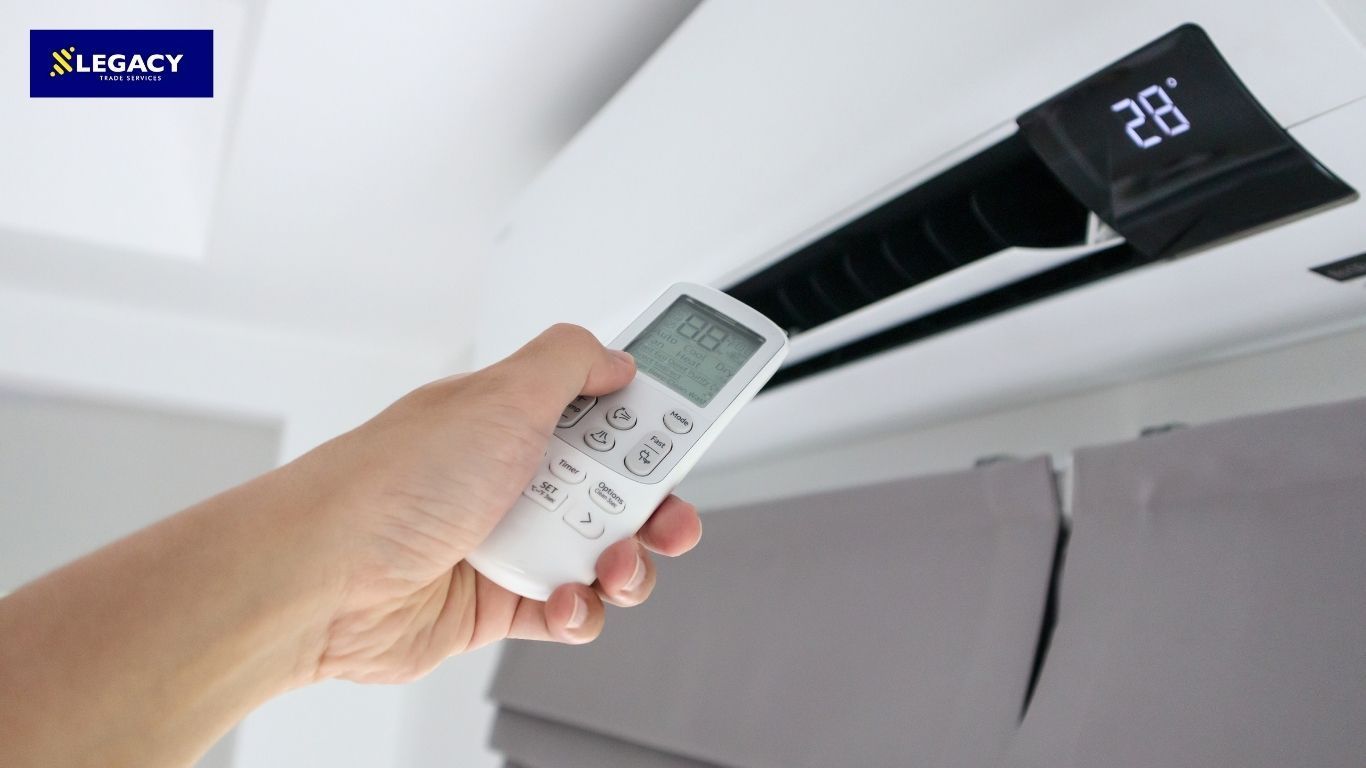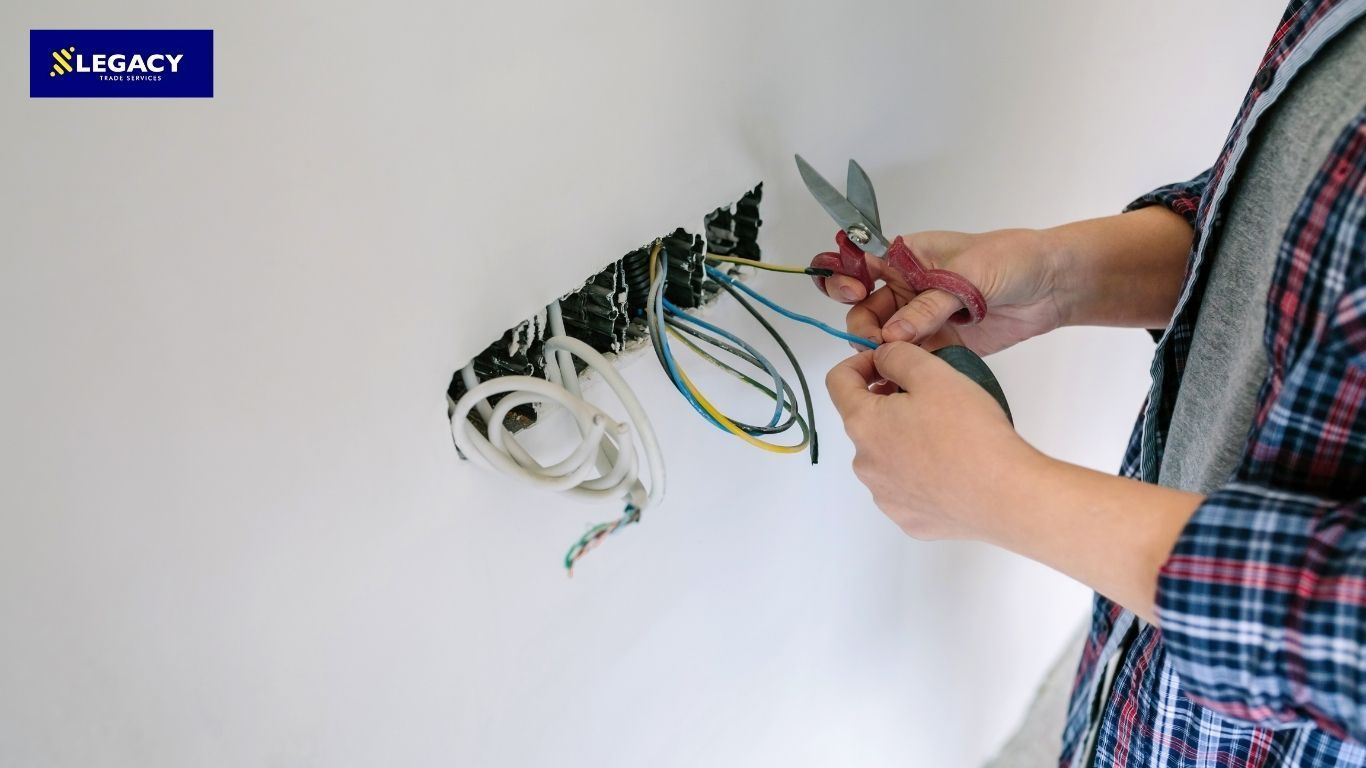Discover essential tips, the latest updates, and smart solutions for your electrical and air conditioning needs. For safety, always contact a qualified technician before attempting it yourself.

Electricity powers every part of the home, from lights to portable heaters and everything in between. Behind the walls, switches, power points, wires, and the switchboard are doing their job. While it's easy to enjoy the comfort and convenience this brings, have you thought about the hidden dangers it might pose? The safety of your home and your family's health depend on understanding how to handle electricity. You want to protect what you love and ensure the space is as secure as possible. Here are the top 10 electrical safety tips at home to help prevent fires, shocks, and other hazards. 1. Make Sure There Is Space For Air To Circulate Around Appliances. Electrical appliances heat up when in use, so many are designed with vents to help them cool down. Place these devices in areas with sufficient space for air circulation to prevent overheating. The right power installation may not be enough. Consider using electrical safety equipment such as surge protectors or thermal cut-offs for added protection against potential risks. Never put items on top of appliances like microwaves or operate them inside enclosed cupboards. Some kitchens have built-in appliances , but this is only safe if installed by professionals using devices designed for such placement. These appliances feature venting systems that enable air to circulate effectively, reducing the risk of overheating and electrical accidents. 2. Take Out The Plugs Of All Appliances When Not In Use. Here's one of the most basic electrical safety tips at home that's also easy to forget: when you're not using an appliance, unplug it. This not only saves power by reducing standby drain but also keeps them safe from overheating or power surges . People often forget to unplug appliances they're not using, but the latest smart plugs offer a solution. These plugs allow you to create power schedules for each power point. 3. Childproof All The Power Points. Take extra care with power points, even if kids aren't supposed to be in that specific area. Cover points to prevent shocks to support electrical safety for kids. Kids might try to poke their fingers or other things into power points, so it's key to keep them covered when not in use. Also, teach kids the safe use of electricity and make it clear why they should never put leads or electrical items in their mouths. 4. Don't Overuse Extension Cords

